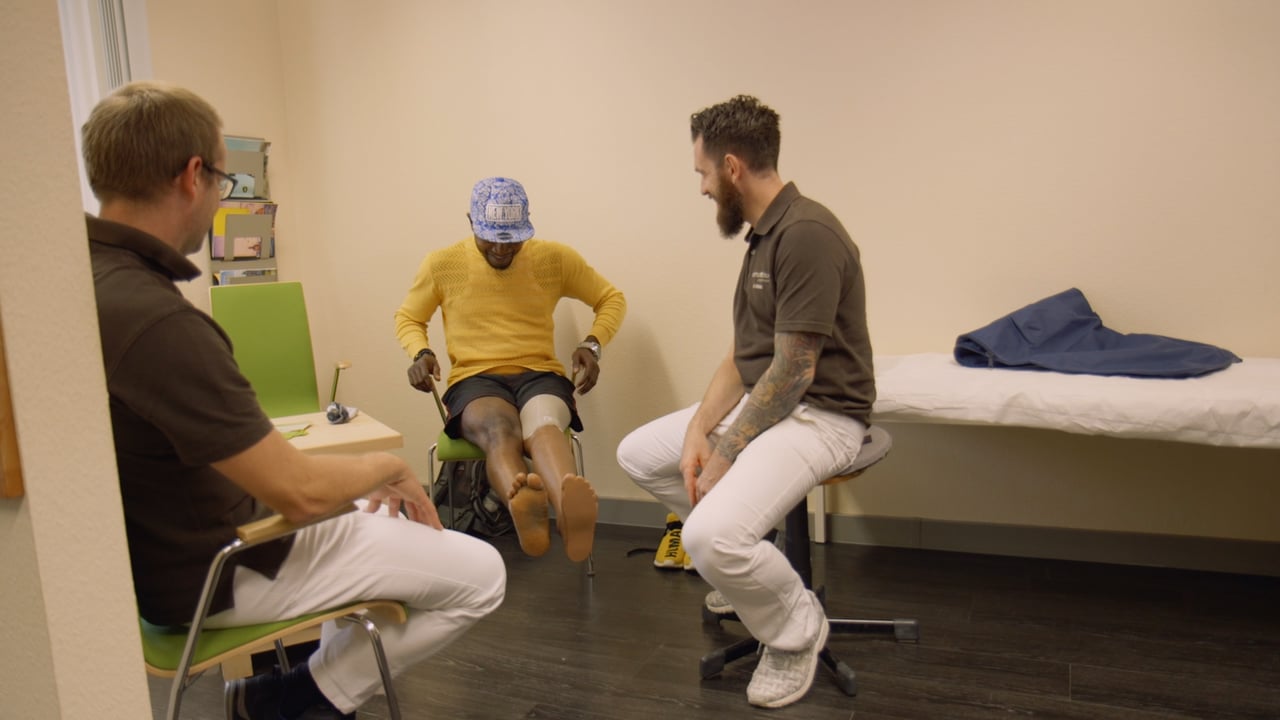Silicones - enabling the next big leap in prosthetics and health
Prosthetics have been used for hundreds of years, but for much of that time saw little to no technological development. They were heavy, single-purpose, unattractive and, in many cases, unhygienic.
Modern day artificial limbs are light-years ahead of these rudimentary devices, helping users continue with all facets of their lives almost as before.
Today, it is possible to replace lost limbs with high-tech prosthetics that function seamlessly and provide a more natural appearance.
You find hands that look and feel life-like or legs that move effortlessly – even controlled by the person's thoughts. In addition, the materials are durable and last for many years. Gone are the itchy, difficult-to-operate single-purpose prosthetics and throwaway pegs.
According to the World Health Organisation (WHO), up to a million people worldwide lose a limb each year.
Such experiences are often life-changing. For those who choose to replace their lost limbs with prosthetics, it is extremely important that the design is exactly right, allowing users to carry on with their lives with confidence, unrestricted mobility and minimal disruption to their lifestyle.
Many scientific fields have come together to create this prosthetics revolution. The expertise of doctors, physiotherapists, engineers and many others is crucial. At each step in the process they need materials that are safe, reliable and versatile.
Mimicking real tissue
 Samuel receives his new silicone prosthesis.
Samuel receives his new silicone prosthesis.
An increasing number of prosthetics manufacturers turn to silicones for various parts of the prosthetic body parts.
Artificial joints and connecting parts made with silicone are preferred because they enable the flexible and realistic movement users require to perform a wide range of tasks.
An extremely important factor for most users - silicones can mimic the effect of real tissue, all the way down to the finer details, creating very natural-looking prosthetics that are hard to distinguish from real limbs.
This adds to increased self-esteem and quality of life for those who use them.
Numerous additional benefits are not visible to the naked eye. For example, the cushioning of silicone materials is exceptional while its hypoallergenic nature means the skin contact is gentle.
It aids in alleviating pressure and discomfort while minimising the risk of infection. Those traits together mean that contact between the body and the artificial limb is comfortable and feels as natural as possible.
Because of the durability of silicones, users of silicone-based prosthetics need fewer visits to the hospital and less frequent replacements.
Prosthetics need to suit a variety of shapes, sizes and lifestyle demands. It's not an easy task.
The future promises not only to better address these challenges, but offers the possibility to enhance users' abilities.
3D printing is having a major impact on manufacturing, creating prosthetics that are more adaptable, faster.
As the sector continues to advance, especially into the realm of bionics, we can only expect better performing solutions in the coming years.
Silicones are going to be a crucial part of the next big leap in the evolution of prosthetics. And that's a good thing.
Silicone products are being used to produce complex and customised 3D printed prosthesis for hands, fingers and lower limbs.Disclaimer
This article is sponsored by a third party. All opinions in this article reflect the views of the author and not of EUobserver.Author Bio
Dr. Pierre Germain is the secretary general of CES - Silicones Europe.
Tags
Author Bio
Dr. Pierre Germain is the secretary general of CES - Silicones Europe.